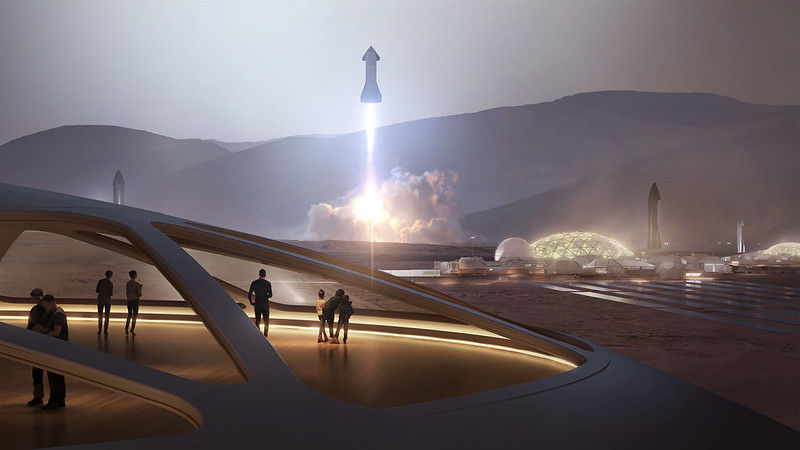Starship’s Ninth Flight Test: A Legal Odyssey for Space Exploration | Space Law
- Amala Mararu

- Jun 5
- 3 min read
Updated: Jun 6

On May 27, 2025, SpaceX’s Starship ninth flight test ignited global anticipation. As 33 Raptor engines roared, captured by Starlink’s high-resolution cameras, millions glimpsed a multiplanetary future. This triumph was more than technical; it was a legal odyssey, demanding a framework that works like a Raptor engine: powerful to propel exploration, precise to ensure safety, innovative to embrace new frontiers, and streamlined to avoid bureaucratic drag. Our firm sees space law as the thrust behind Starship’s ambition, guiding us toward Mars with clarity and vision.
The Legal Foundation: Outer Space Treaty
The Outer Space Treaty (1967) anchors Starship’s launches, mandating peaceful use, prohibiting nuclear weapons, and fostering international cooperation. This treaty is the bedrock of space law and requiring constant updates to support reusable rockets.
Without a modernized global framework, innovation risks stalling, a gap Mararu & Mararu aims to bridge through advocacy and expertise.
Liability and Insurance: Safeguarding the Odyssey
Each Starship launch carries a multi-million-dollar liability insurance policy, mandated by the FAA, to cover potential damages from debris or international incidents. This policy balances bold exploration with public safety, serving as a critical yet understated safeguard. It protects Earth while enabling progress, addressing concerns with clarity.
FAA Oversight: Domestic Precision
The FAA ensures Starship complies with U.S. safety and environmental regulations. For Flight 9, approvals expanded hazard zones to 1,600 nautical miles. This necessitatated airspace closures that impacted international routes, per FAA’s April 2025 announcement. This domestic oversight ensures launches are safe and legally sound, supporting global cooperation.
International Accountability: the Liability Convention
The Liability Convention (1972) governs damages caused by space objects, ensuring accountability across borders. Starship’s hazard zones fall under this treaty, which synchronizes international efforts for unified progress. This legal tool, though slim, is vital for mitigating risks as Starship tests technologies for Mars and the Moon.
Technical Milestones: Informing Legal Evolution
Starship’s ninth flight validated reusability, heat shields, and engine reliability, key for lunar and Martian missions. Data from Starlink imaging and custom sensors, as reported by SpaceX, showcased improved performance over the first eight flights. These iterative successes inform future legal frameworks by highlighting the need for regulations that support reusable systems.
The Global Challenge: Modernizing Space Law
While treaties guide Starship, local regulations in many nations lag. For example, countries like Australia lack dedicated spaceport laws, unlike the U.S.’s robust FAA framework. UNOOSA/COPUOS discussions, such as the 2024 Legal Subcommittee, often remain theoretical, stalling progress. A legal framework that works like a Raptor engine - powerful, precise, innovative, streamlined - is essential to unify global space efforts, cutting through bureaucratic clutter.
Public Perception and Collaboration
Public sentiment splits between awe and apprehension, fueled by launch risks. Yet, Starship’s successes, backed by rigorous legal safeguards, foster global collaboration. SpaceX’s engineering, paired with evolving regulations, inspires nations to align on shared goals, advancing the collective pursuit of space exploration.
A Shared Journey
Starship’s ninth flight test is a testament to human ingenuity and resilience. SpaceX’s team deserves praise for their creativity and perseverance, pushing us closer to Mars. Mararu & Mararu is committed to shaping a legal landscape that matches this ambition, innovative and ready for the multiplanetary era. This journey, captured in Starship’s ascent, unites us in pursuit of a boundless future.





Comments